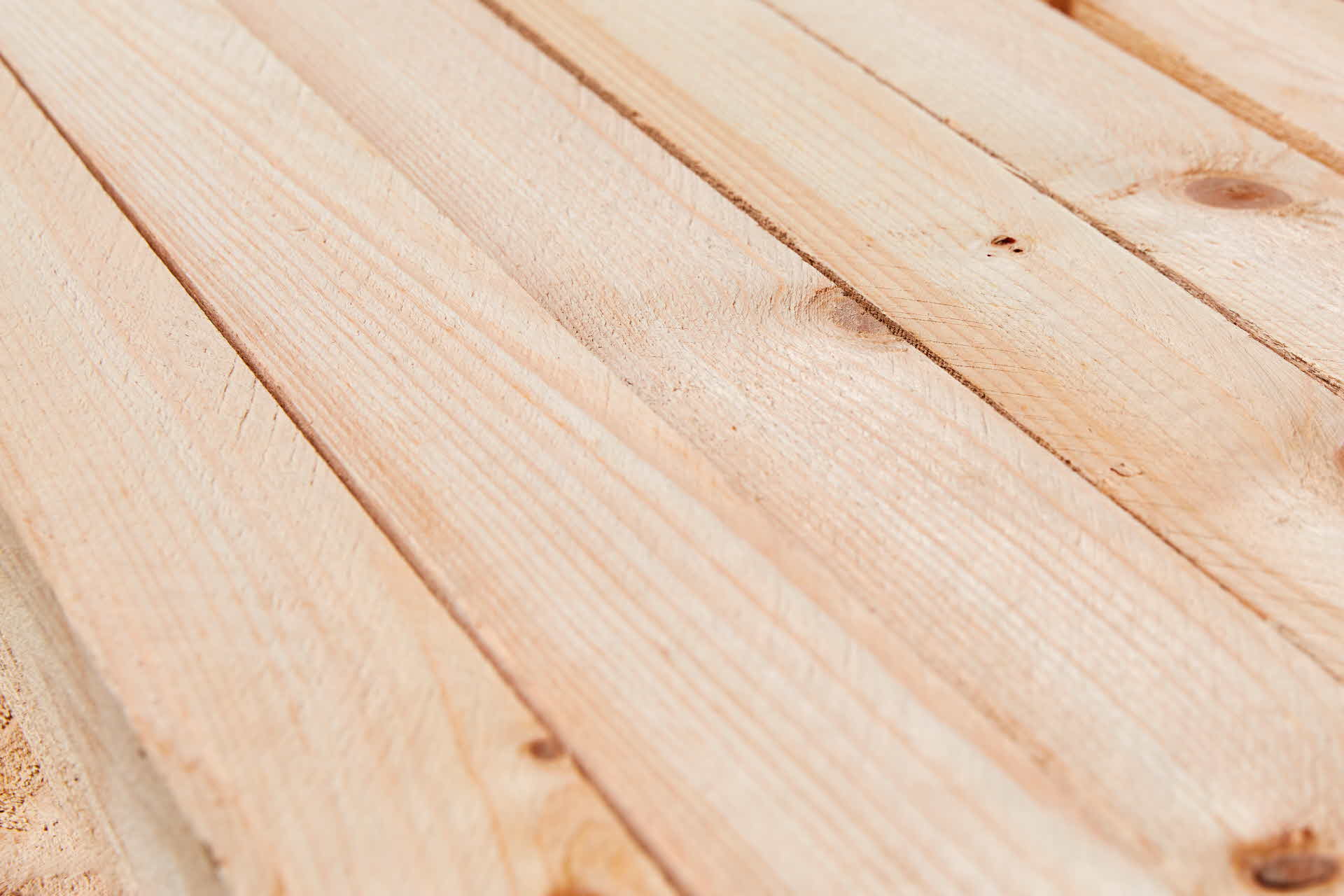
- WOOD
- OUR WOOD PRODUCTS
- LODGEPOLE PINE
- ASIA HAS DISCOVERED SWEDISH LODGEPOLE PINE
Asia has discovered Swedish lodgepole pine
- Article
- Wood products
Timber from Swedish lodgepole pine is light in colour with a subtle finish and long distances between knots. These properties have made many customers in Asia sit up and take notice of new products launched by SCA. “It is not often that a new type of wood is introduced to the market, so both we and our customers are excited,” says Håkan Persson, Managing Director of SCA Wood Hong Kong and Sales Area Manager South East Asia.
SCA has been offering products manufactured in lodgepole pine on some markets for a few years now. While thus far most of these products have been sold in the Baltic States, customers in Asia are also starting to test this new type of wood.
“In Asia, they’re used to using many different species of tree, so their open to trying new things.” says Persson.
Contorta pine is admittedly not new in itself and many customers in Asia are familiar with
contorta pine from North America.
“But there are signifi cant differences between the properties of North American and Swedish lodgepole pine. So it’s actually like a new tree species,” explains Persson.
Knot-free material
The differences in properties are due to the fact that the trees grow under entirely different conditions on the two continents. In North America, contorta pines regenerate naturally and grow densely and slowly, so they are slender and dead straight. In Sweden, on the other hand, they are planted and grow more rapidly and sparsely. This rapid growth means that there is a very long distance between knots.
“On the Asian market, the North American contorta pine is packaged with several woods of low quality and used mainly as a bulk product, while we see completely different areas of use for lodgepole pine from Sweden. There are many exciting possibilities,” says Persson.
The main advantage of Swedish contorta pine is the long distance between knots, often 35 centimetres or more, making it possible to extract a great deal of knot-free material.
“They also have a large percentage of healthy knots and many customers appreciate the light colour and subtle fi nish of the wood,” says Persson.
Furniture and panelling
Efforts are currently underway to assess which applications Swedish lodgepole pine is best suited for.
“Customers mainly used the earliest deliveries to make pallets, but now they are beginning to test the wood for higher quality products. No offence to pallets, but the attributes of lodgepole pine can really come into their own in other products. One customer has already manufactured tables, mirrors, shelves and other furniture with good results,” says Persson.
SCA closely monitors how its customers rate the performance of lodgepole pine when processed, including the yield and the opinions of end-customers.
“One of our customers wants to manufacture knot-free furniture components, mainly for beds. It will be fascinating to follow their progress, as this ought to be an area that suits contorta pine very well. Another customer is planning to manufacture panelling, another application where this species of tree should come into its own.” says Persson.
There are also customers planning to manu facture kennels, chicken coops and rabbit hutches.
“There’s a big market for it in the United States, so that’s another interesting area,” notes Persson.
Climate benefits
The reason that products made from lodgepole pine are arriving on the market now is that SCA’s contorta lodgepole pine are ripe for harvesting. Deliveries will be gradually scaled up, providing a significant addition to the timber products market – and a welcome boost to the green transition.
“Lodgepole pine has signifi cant climate benefits. As it grows so rapidly, it binds a great deal of carbon. It grows 40 per cent faster than Swedish pine, for example, corresponding to an additional annual uptake of 800,000 tonnes of carbon dioxide on SCA’s woodland,” says Persson.
The high growth rate also means quick access to more renewable raw materials, from which climate-smart products can be manufactured.
“This allows us to replace a larger percentage of fossil-based products and thus leave more fossil carbon in the ground. We are now looking forward to an interesting period of finding out which products it is best suited to,” says Persson.
Text: Kerstin Olofsson
Photo: Kristofer Lönnå